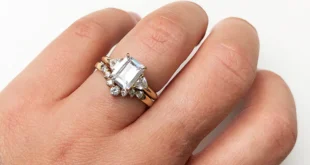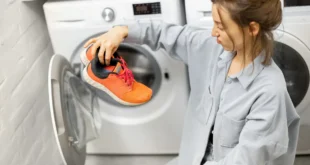Adopting some form of sustainability is crucial in today’s world to help save the planet. If you haven’t made the effort to live a more sustainable life, you’ve probably at least thought about making some changes. Thankfully, making small, incremental changes is easy.
Are you interested in living a sustainable life? Here are 5 household transformations that will help you naturally incorporate sustainability into your home.
Table of Contents
1. Get a bidet
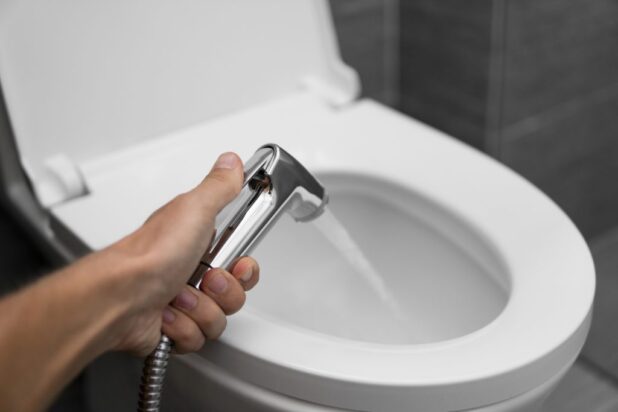
Ah, the bidet – the bathroom fixture that comes standard in most European bathrooms, but is rarely seen in America. At least to some degree. Although many people have yet to be convinced, there are a growing number of Americans embracing the bidet for a more hygienic bathroom experience.
While most European bathrooms have stand-alone bidet fixtures separate from the toilet, there are other options. BidetMate, for example, provides the luxury of a bidet without the price tag or plumbing requirements. You simply replace your existing toilet seat with the Bidet Mate, and you get a heated seat, a bidet, and a dryer all in one.
Using a bidet is more hygienic because it reduces your dependence on toilet paper. Toilet paper is one of the most wasteful products on earth. Not only is toilet paper literally waste, but the manufacturing process is incredibly wasteful.
According to data published by Scientific American, it takes 473,587,500,000 gallons of water to produce the 36.5 billion rolls of toilet paper Americans use each year. That’s 15 million trees! Worse, the bleaching process pollutes local water sources and requires 253,000 tons of chlorine.
To add insult to injury, manufacturing toilet paper for one year uses 17.3 terawatts of electricity. These numbers don’t include packaging and transportation waste.
Begin taking steps toward a sustainable lifestyle by switching to a bidet. You’ll feel cleaner, and you won’t be contributing to environmental pollution.
2. Save your burnables

Burnables will give you tinder for your camp fires, your fireplace, your wood stove, and even your rocket stove if you’re cooking outside.
Burnables include:
- Matte newspaper. Regular, non-glossy newspapers are excellent for burning. Instead of crumpling it up, roll it into long tubes and tie it into a knot. Newspaper knots burn slower and longer than crumpled paper.
Some people make fire bricks by pulping all the junk mail. While shiny newspaper is technically burnable, it’s not healthy for your lungs or the environment. Stick to saving the traditional matte newspaper.
- Egg cartons. Nothing beats an egg carton when it comes to tinder. Egg cartons burn somewhat slowly and can get pretty hot. They’re also great for putting more tinder inside each section.
- Cardboard boxes. Cardboard makes an excellent addition to tinder in a wood stove or fireplace. Whenever you get a package, break down the box. Be sure to pull all the tape off the box – you don’t want to burn plastic. Store the cardboard flat in a box or tub, or cut it into smaller, storable pieces.
Be careful not to burn cardboard with colored print. You might release toxic chemicals. Avoid burning food boxes, since many food boxes are glossy, contain plastic lining, and colored print.
- Paper towels. If you use paper towels to dry your hands or wipe up simple spills, you can burn them as tinder. You don’t want to save paper towels with food on them, though. Only save clean paper towels.
While you’re saving items to burn, make sure you don’t burn things just to get rid of your trash. Don’t add extra pollution to the air unless it’s for a purpose, like cooking or staying warm. Also, avoid burning dryer lint and used toilet paper.
3. Reusable toilet paper
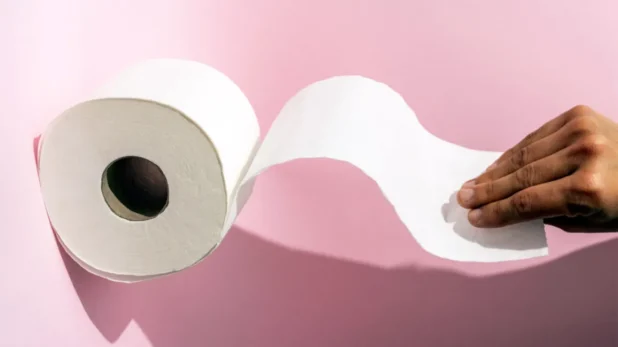
Reusable toilet paper is a great way to increase sustainability in your home. According to data gathered from Today.com, the average American household (2.6 people) blasts through 409 rolls of toilet paper each year.
By switching to reusable toilet paper, you can save the environment and money at the same time. If you can sew, here’s a handy guide for making your own reusable, cloth toilet paper.
For many people, reusable toilet paper is unthinkable. However, humans survived for thousands of years before disposable toilet paper was invented. You might argue that those were different times and it wasn’t hygienic to start with. However, it’s really only Americans who are obsessed with dry paper.
Most of the world uses water after using the toilet. As we discussed earlier, European bathrooms generally have a bidet. And in India, people use a hose with a spray nozzle or a cup with a bucket of water.
4. Reusable menstrual pads
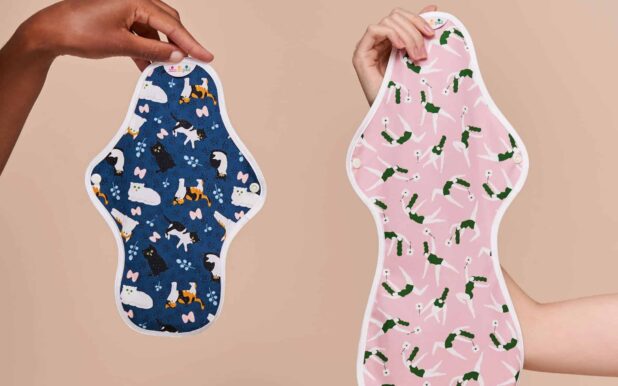
Similar to reusable toilet paper, you can reduce waste by switching to reusable menstrual pads. Reusable cloth pads will completely eliminate your dependence on disposable pads from the store.
You can find these pads just about anywhere online, or you can try making some yourself. If you’re not sure whether or not you want to try them, check out this review and see why so many women will never go back to disposable pads.
The best part about reusable pads is they don’t contain the harmful chemicals found in store-bought pads, like volatile organic compounds (VOCs) and phthalates.
5. A composting bin
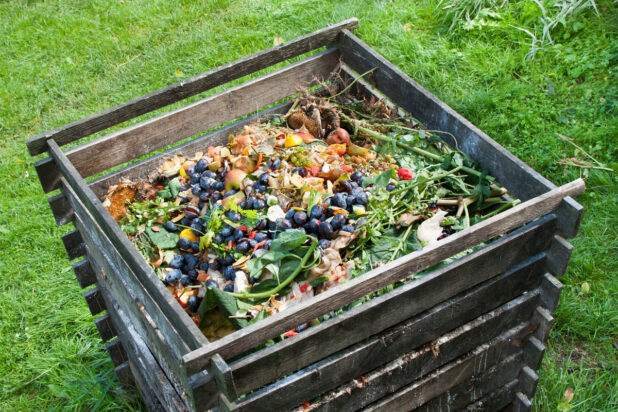
So much of your kitchen waste can be composted. Why compost? You’ll reduce the amount of waste you send to your local landfill. If you think your banana peel and veggie scraps will compost in a landfill, think again.
Landfills are specifically designed as anaerobic environments in order to prevent anything from breaking down. That’s right, landfills are essentially large pits designed to preserve the contents. Nothing breaks down in a landfill by design.
Composting your food scraps (minus dairy and meat) is a great way to feed your plants, your vegetable garden, and even the trees in your yard. You don’t have to have a vegetable garden to benefit from composting your kitchen scraps.
Embracing sustainability is easy
Moving toward a more sustainable lifestyle doesn’t have to be complicated. You can take it one step at a time. Begin with small things like reducing your dependence on paper products, and then start thinking about switching to solar power. It doesn’t matter where you start – every little bit helps.
 World Magazine 2024
World Magazine 2024



